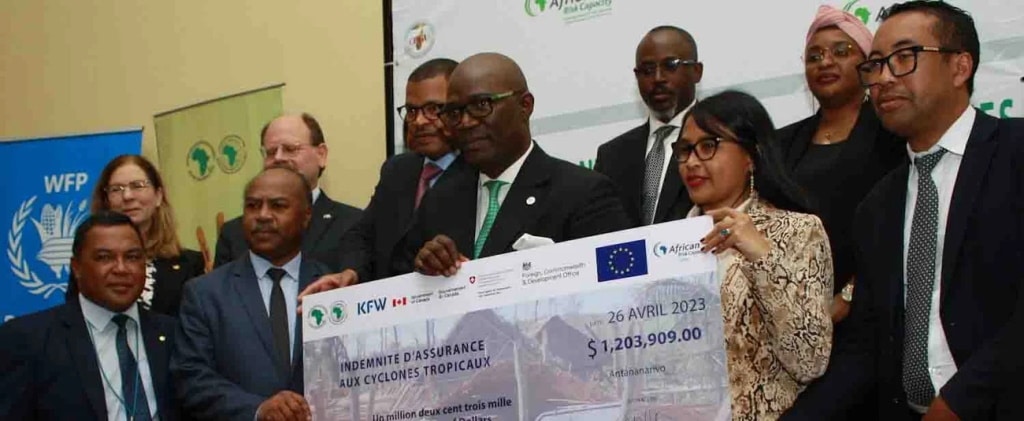Almost two months to the day after tropical cyclone Freddy hit Madagascar twice, the African Development Bank (AfDB) and the African Risk Capacity (ARC) are releasing US$ 1.5 million for recovery. The funding is being provided to the Malagasy government (US$1.2 million) and to the World Food Programme (WFP), which is assisting with the resettlement of affected populations.
As part of building resilience to future tropical cyclones, the Malagasy government and the World Food Programme have taken out two separate insurance policies during the 2022/2023 cyclone season with ARC. The East African country benefits from this support under the African Disaster Risk Financing (ADRiFi) programme.
A heavy human and material toll
The initiative, set up by the AfDB with contributions from the UK and Switzerland, aims to build resilience and response to climate shocks by improving disaster risk management and adaptation to climate change. According to the AfDB, ADRiFi has already paid its insurance premium after Freddy hit.
Read also- MALAWI: after Cyclone Freddy, the UN mobilises $70 million for resilience
With gusts of 180 km/h, the eye of the cyclone made landfall in the Vatovavy region. Freddy then devastated the municipalities of Mananjary and Nosy Varika. According to preliminary assessments, wind damage was limited to about 30-50 km around the landfall, an area comprising 13-15 municipalities and about 115,000 inhabitants. The flooding observed by UNOSAT (United Nations Satellite Centre) covered about 16 km2 of the 530 km2 analysed. The Malagasy government recorded 78,000 people affected, nearly 3,300 houses flooded and as many damaged.
The second passage of Freddy, on the south-western part of the island, left at least 10 people dead and three missing because of the heavy rains. More than 72,600 people were affected by the storm’s impact, including 24,300 displaced people, of whom 16,367 took refuge in 34 temporary sites in the Menabe and Atsimo-Andrefana regions, according to the National Office for Risk and Disaster Management (BNGRC). About 12,400 houses and 280 classrooms were affected, leaving nearly 28,000 students out of school. The death toll as of 10 March 2023 was 17. In total, the authorities estimate that around 299,000 people were affected by the two strikes and some 72,700 people were temporarily displaced.
Jean Marie Takouleu
